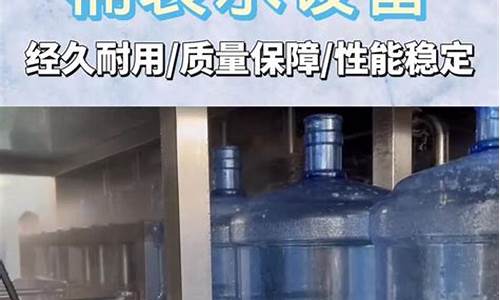Operating a fully automatic spring water filling machine efficiently requires adherence to a systematic strategy that ensures both productivity and quality. These machines are pivotal in the beverage industry, facilitating the rapid and precise filling of water into bottles. This article delves into the essential operational strategies for maximizing the performance of such equipment.
Initial Setup and Calibration
Before commencing operations, it is crucial to perform thorough setup and calibration of the automatic spring water filling machine. This involves configuring the machine to handle specific bottle sizes and ensuring that the filling parameters such as volume and speed are correctly programmed. Calibration ensures accuracy and minimizes wastage, thereby optimizing production efficiency.

Operational Procedures
Once set up, the operational procedures should be strictly followed to maintain consistent performance. Operators must monitor the flow of bottles into the machine's conveyor system, ensuring a steady supply without jams or interruptions. The filling process itself should be monitored for uniformity and accuracy, with adjustments made promptly if deviations are detected. Regular maintenance checks, including lubrication of moving parts and cleaning of sensors, are essential to prevent downtime and maintain hygiene standards.
Quality Control Measures
Maintaining high-quality standards is paramount in the beverage industry. Quality control measures should be integrated into the operational workflow of the automatic filling machine. This includes periodic sampling and testing of filled bottles to verify volume accuracy and product integrity. Any deviations from quality standards should trigger immediate corrective actions to prevent product wastage and uphold consumer trust.
Conclusion
In conclusion, operating a fully automatic spring water filling machine demands meticulous attention to setup, operational procedures, and quality control measures. By adhering to these strategies, beverage manufacturers can enhance production efficiency, ensure product consistency, and meet stringent quality standards. Implementing these practices not only optimizes machine performance but also contributes to the overall success and reputation of the brand in the competitive market.
By crafting content that adheres to these SEO-friendly guidelines and integrates relevant keywords naturally, you can enhance the visibility and relevance of your article for search engines like Google.






























